CBSE Class 10 Answered
can you explain the kreb's cycle ? with official diagram
Asked by krishdabhoya2003 | 25 Aug, 2018, 08:04: PM
1. Condensation
- Acetyl CoA (2C) reacts with oxaloacetic acid (4C) to form citric acid (6C).
- The reaction takes place in the presence of citrate synthetase.
- A molecule of CoA is released during this reaction.
2. Isomerisation
- Citric acid is isomerised into isocitric acid in the presence of enzyme aconitase.
3. Second Oxidative Decarboxylation
- Isocitric acid undergoes oxidative decarboxylation in the presence of enzyme isocitrate dehydrogenase and Mn2+ ions to form an intermediate called oxalosuccinic acid.
- Oxalosuccinic acid is further converted into the 5-carbon α-ketoglutaric acid.
4. Third Oxidative Decarboxylation
- α-Ketoglutaric acid (5C) undergoes simultaneous dehydrogenation and decarboxylation to form the 4-carbon compound Succinyl CoA.
- The reaction takes place in the presence of α-ketoglutarate dehydrogenase complex.
5. Synthesis of ATP and GTP
- Succinyl CoA (4C) is converted into succinic acid (4C) in the presence of succinyl CoA synthetase thiokinase.
- GDP is phosphorylated to form GTP.
6. Dehydrogenation of Succinic Acid
- Succinic acid (4C) undergoes dehydrogenation and releases two hydrogen atoms to form fumaric acid (4C) in the presence of succinic dehydrogenase.
- The hydrogen atoms are accepted by FAD and it is reduced to FADH2.
7. Hydration
- A molecule of water is added to fumaric acid (4C) to form malic acid (4C).
- The reaction takes place in the presence of fumarase.
8. Dehydrogenation
- Malic acid (4C) releases two hydrogen atoms to form oxaloacetic acid (4C) in the presence of malic dehydrogenase.
- The released hydrogen atoms are accepted by NAD+ and it is reduced to NADH + H+.
Summary Equation for the Krebs Cycle
- During the Krebs cycle, the following molecules are synthesised:
- 8 molecules of NADH2
- 2 molecules of FAH2
- 2 molecules of ATP (GTP)
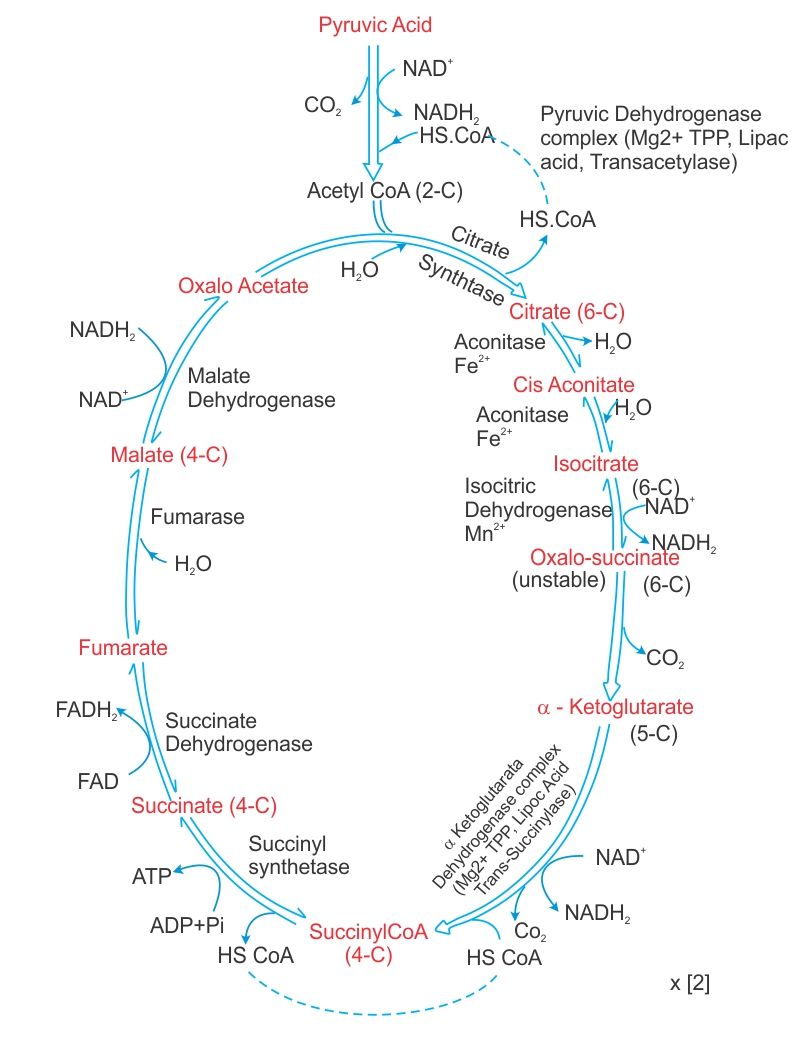
Answered by Sivanand Patnaik | 27 Aug, 2018, 09:37: AM
Application Videos
Concept Videos
CBSE 10 - Biology
Asked by jayeshsah1995 | 04 Mar, 2024, 12:01: PM
CBSE 10 - Biology
Asked by jitendranathsingh331 | 26 Nov, 2023, 06:17: PM
CBSE 10 - Biology
Asked by devy64469 | 03 Sep, 2023, 09:25: PM
CBSE 10 - Biology
Asked by susrisangita792 | 02 Jul, 2023, 07:01: PM
CBSE 10 - Biology
Asked by susrisangita792 | 31 Mar, 2023, 07:16: PM
CBSE 10 - Biology
Asked by priyanshdhiman2008 | 21 Mar, 2023, 05:35: PM
CBSE 10 - Biology
Asked by mabhiraj478 | 19 Jul, 2022, 10:04: PM
CBSE 10 - Biology
Asked by viraat.verma26 | 17 Nov, 2021, 01:32: PM
CBSE 10 - Biology
Asked by rachanadhakad38 | 01 Oct, 2021, 07:50: PM
CBSE 10 - Biology
Asked by nihirarakhi | 16 Sep, 2021, 09:17: AM

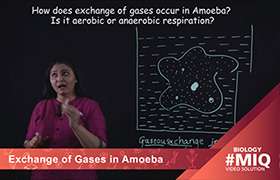
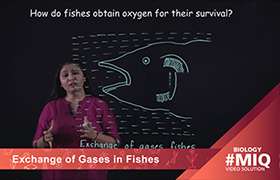
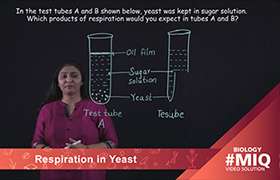
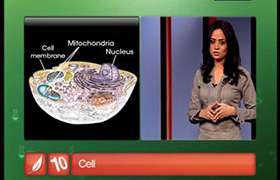
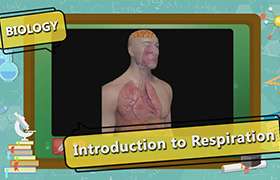
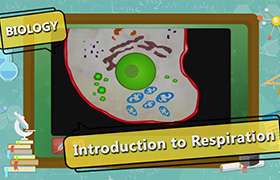

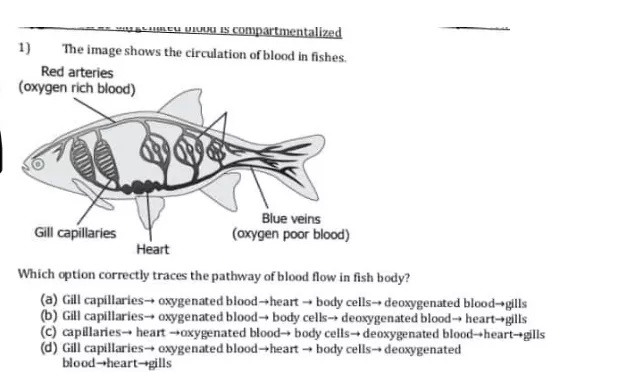 The image shows the circulation of blood in fishes.
Which option correctly traces the pathway of blood flow in fish body?
(a) Gill capillaries → oxygenated blood → heart → body cells → deoxygenated blood → gills
(b) Gill capillaries → oxygenated → body cells → deoxygenated blood → heart → gills
(c) capillaries → heart → oxygenated blood → body cells → deoxygenated blood → heart → gills
(d) Gill capillaries → oxygenated blood → heart → body cells → deoxygenated blood → heart → gills
The image shows the circulation of blood in fishes.
Which option correctly traces the pathway of blood flow in fish body?
(a) Gill capillaries → oxygenated blood → heart → body cells → deoxygenated blood → gills
(b) Gill capillaries → oxygenated → body cells → deoxygenated blood → heart → gills
(c) capillaries → heart → oxygenated blood → body cells → deoxygenated blood → heart → gills
(d) Gill capillaries → oxygenated blood → heart → body cells → deoxygenated blood → heart → gills